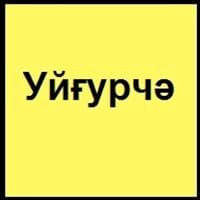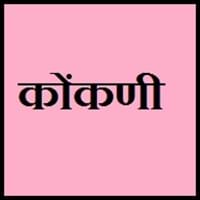Uyghur and Konkani
- Uyghur language has large quantity of loan words from Persian, Russian and Chinese.
- Uyghur was originally written with the Orkhon Alphabets.
- Fr. Thomas Stevan wrote the first book in Konkani in 1651.
- Sahitya Academy recognized konkani as a language in year 1976.
All Uyghur and Konkani Dialects
Most languages have dialects where each dialect differ from other dialect with respect to grammar and vocabulary. Here you will get to know all Uyghur and Konkani dialects. Various dialects of Uyghur and Konkani language differ in their pronunciations and words. Dialects of Uyghur are spoken in different Uyghur Speaking Countries whereas Konkani Dialects are spoken in different Konkani speaking countries. Also the number of people speaking Uyghur vs Konkani Dialects varies from few thousands to many millions. Some of the Uyghur dialects include: Turpan, Hotan. Konkani dialects include: Antruz Also learn about dialects in South American Languages and North American Languages.
Uyghur and Konkani Speaking population
Uyghur and Konkani speaking population is one of the factors based on which Uyghur and Konkani languages can be compared. The total count of Uyghur and Konkani Speaking population in percentage is also given. The percentage of people speaking Uyghur language is 0.12 % whereas the percentage of people speaking Konkani language is 0.11 %. When we compare the speaking population of any two languages we get to know which of two languages is more popular. Find more details about how many people speak Uyghur and Konkani on Uyghur vs Konkani where you will get native speakers, speaking population in percentage and native names.
Uyghur and Konkani Language Codes
Uyghur and Konkani language codes are used in those applications where using language names are tedious. Uyghur and Konkani Language Codes include all the international language codes, glottocodes and linguasphere.





